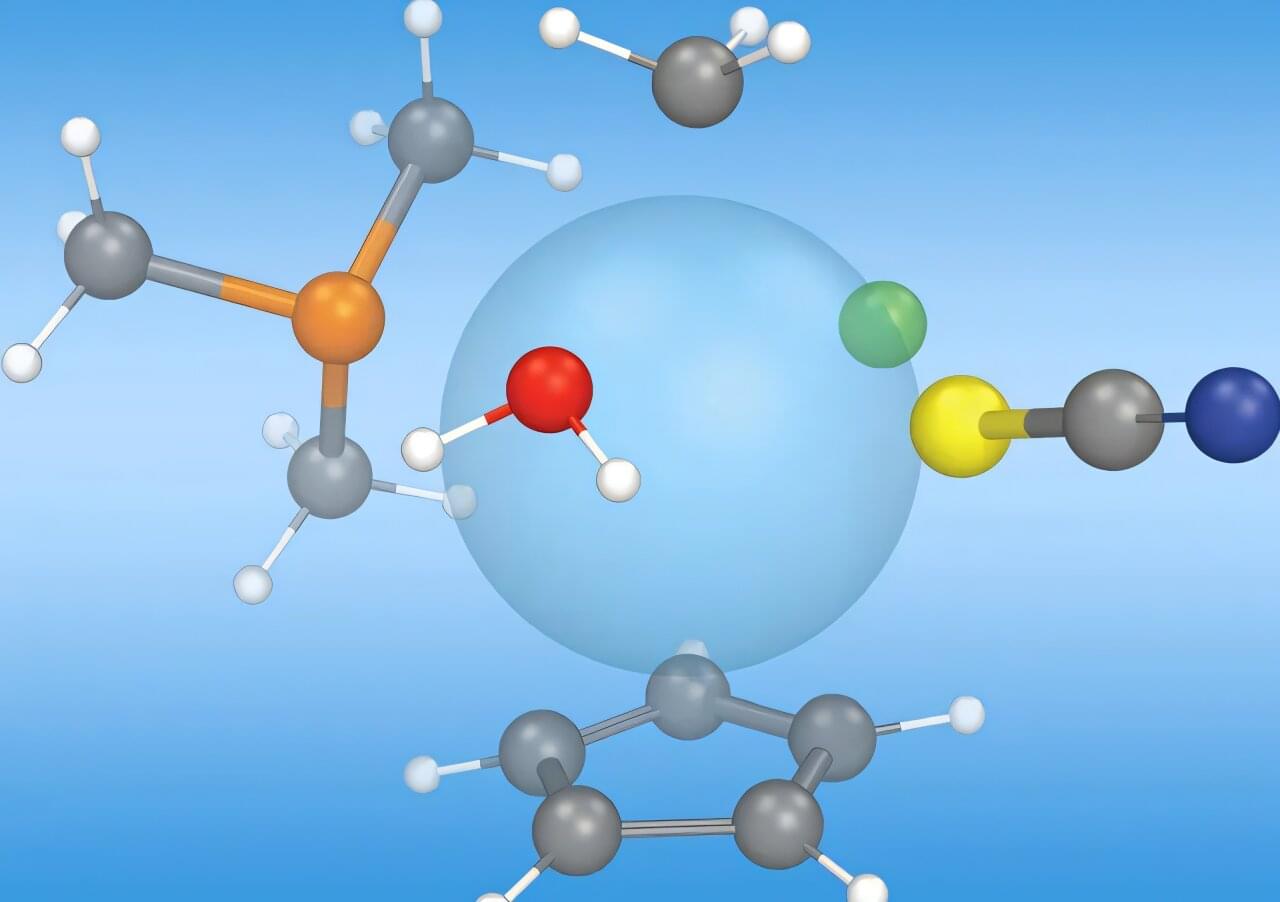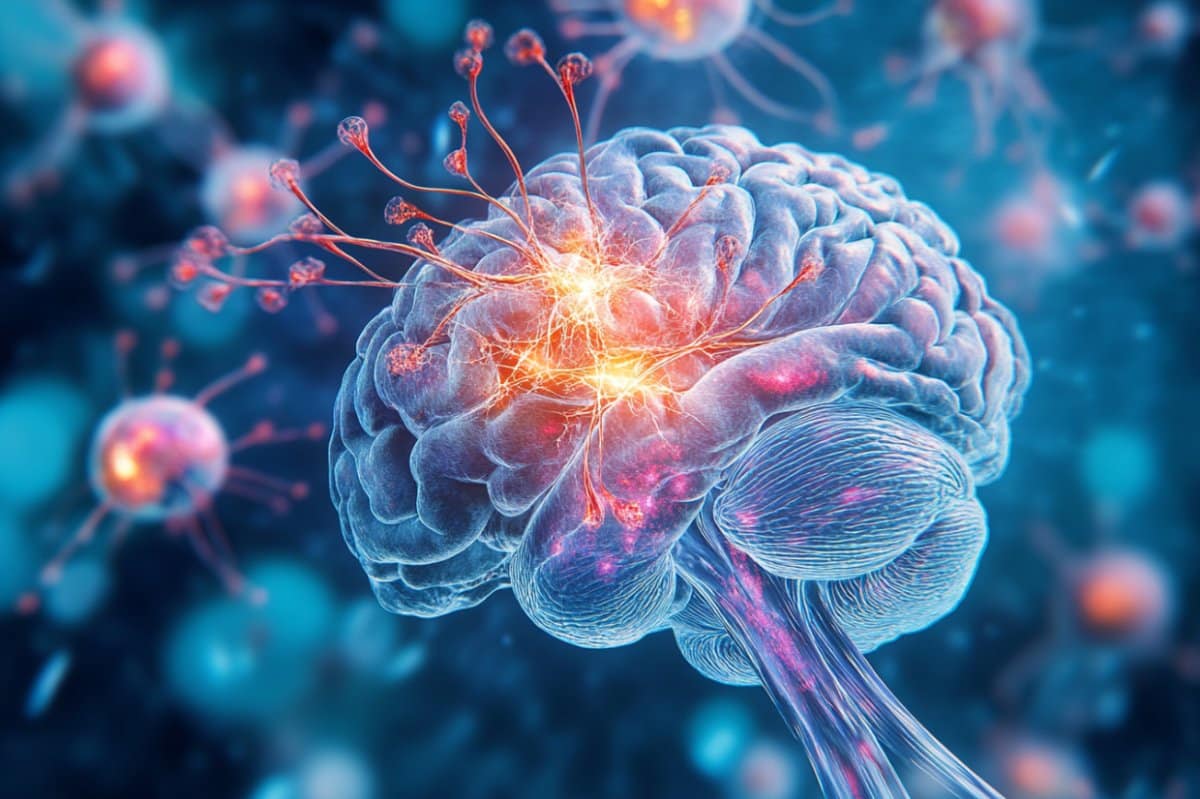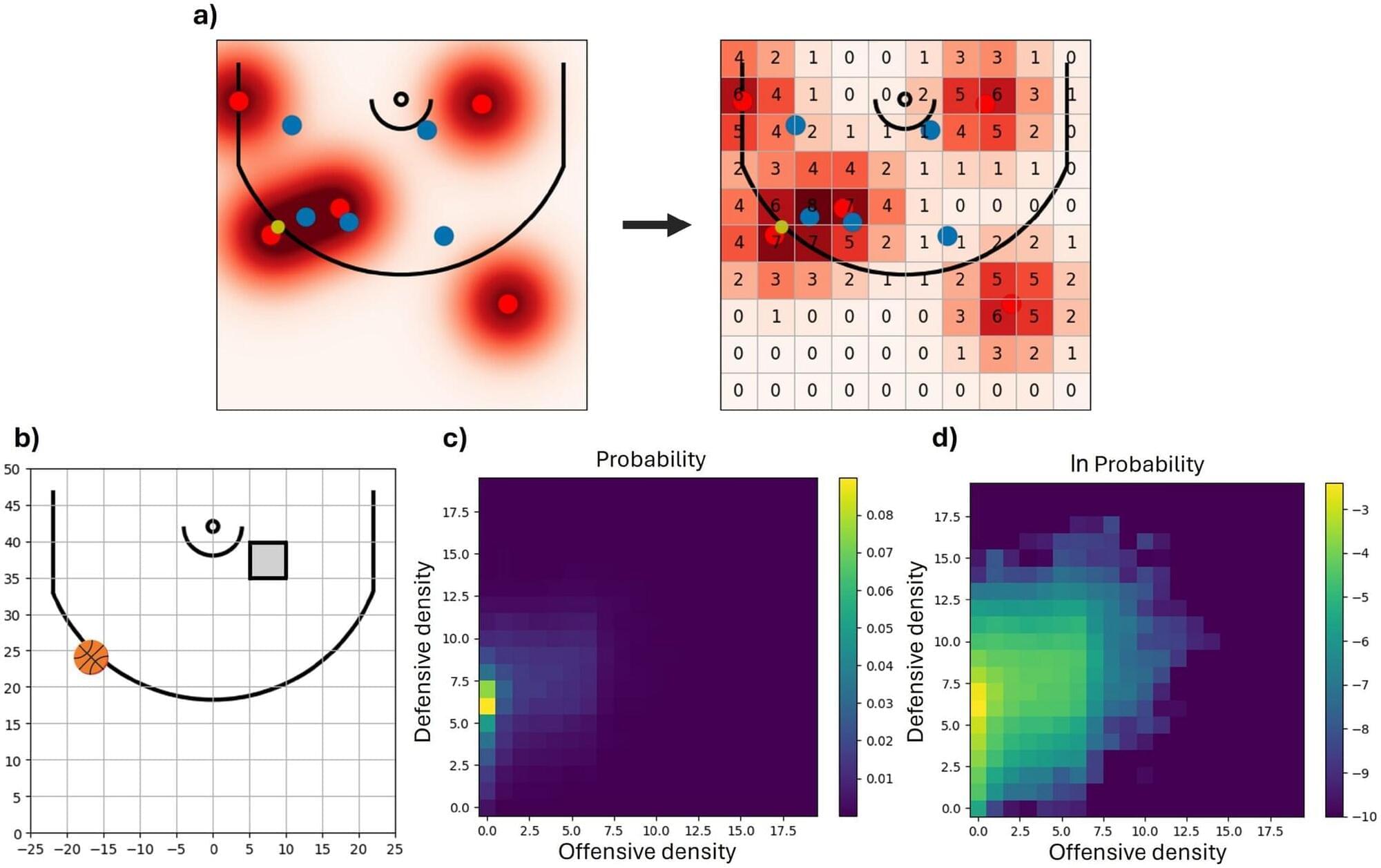A collaborative effort between Meta, Lawrence Berkeley National Laboratory and Los Alamos National Laboratory leverages Los Alamos’ expertise in building tools for molecular screening capabilities. The release of “Open Molecules 2025”, an unprecedented dataset of molecular simulations, can accelerate opportunities for machine learning to transform research in fields such as biology, materials science and energy technologies.
Multitissue single-cell analysis reveals differential cellular and molecular sensitivity between fructose and high-fat high-sucrose diets
Posted in futurism | Leave a Comment on Multitissue single-cell analysis reveals differential cellular and molecular sensitivity between fructose and high-fat high-sucrose diets
Chen et al. compared scRNA-seq profiles of four tissues in metabolic syndrome (MetS) models induced by fructose or high-fat high-sucrose diets, revealing differential tissue, cellular, and molecular vulnerability between diets. Regulatory genes and pathways were identified, and networks were rewired in MetS. mt-Rnr2 was validated as a key regulator.
There are new hints that the fabric of space-time may be made of “memory cells” that record the whole history of the universe. If true, it could explain the nature of dark matter and much more
A new study reveals that mitochondrial dysfunction plays a central role in the loss of Purkinje neurons in the cerebellum, contributing to motor impairments in people with multiple sclerosis (MS).
In December, OpenAI announced a partnership with defense tech startup Anduril to deploy advanced AI systems for “national security missions.”
UK nuclear propulsion startup Pulsar Fusion has dreams of ferrying rockets to the Moon, Mars, and Saturn—but first, they’re headed to Texas.
A Singularity 1on1 video interview with Zoltan Istvan on founding the Transhumanist Party and running for President of the United States.
The brain is constantly mapping the external world like a GPS, even when we don’t know about it. This activity comes in the form of tiny electrical signals sent between neurons—specialized cells that communicate with one another to help us think, move, remember and feel. These signals often follow rhythmic patterns known as brain waves, such as slower theta waves and faster gamma waves, which help organize how the brain processes information.
Understanding how individual neurons respond to these rhythms is key to unlocking how the brain functions related to navigation in real time—and how it may be affected in disease.
A new study by Florida Atlantic University and collaborators from Erasmus Medical Center, Rotterdam, Netherlands, and the University of Amsterdam, Netherlands, has uncovered a surprising ability of brain cells in the hippocampus to process and encode and respond to information from multiple brain rhythms at once.
A Cornell research team has employed a variation of a theory first used to predict the collective actions of electrons in quantum mechanical systems to a much taller, human system—the National Basketball Association.









